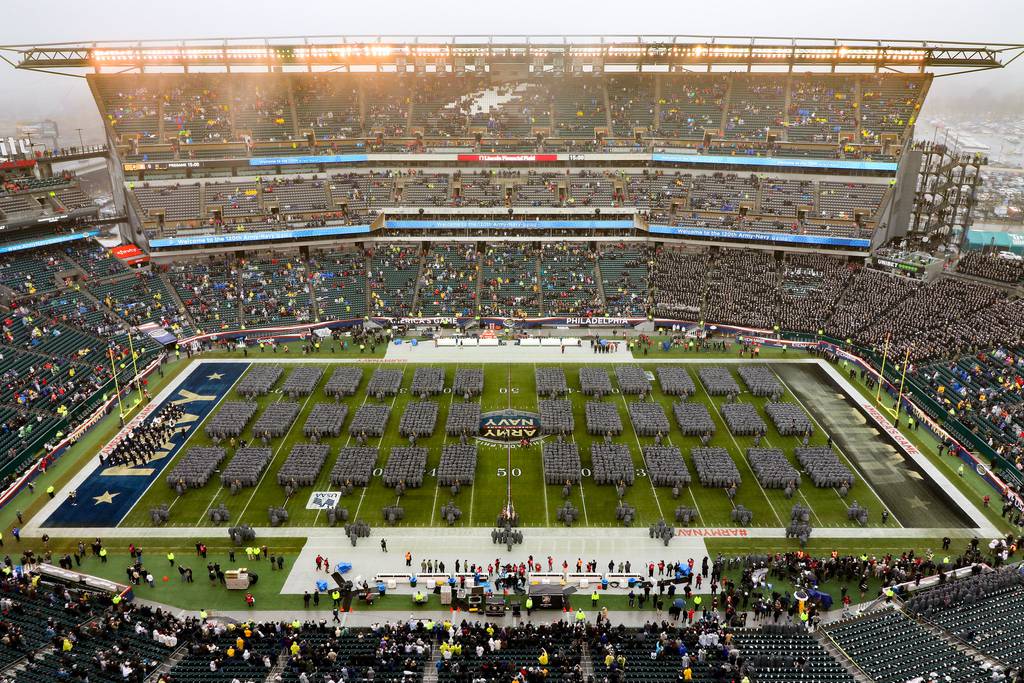Sure- predictive metrics can be helpful when looking into the outcome of a game. They can ground an expectation of what should happen. However, this is college football, perhaps the most unproductive, random, and chaotic sport created. More so, this is Army-Navy, a defensive heavy weight fight where one play is often the difference between winning and losing. You can essentially throw any type of predictive measure out the window. However, let’s delve into what they are saying about the outcome of this game before we do.
Point Spread
Right now, Army is entering the game as -2.5 point favorites. This means that Army is slightly favored but the game is essentially a toss up. That spread seems more significant when you consider that the over/under in this game as a mere 27.5 points. Games in this series can certainly be defensive battles, but that is starting to look like an Iowa game prediction.
ESPN FPI
ESPN’s FPI is giving Army a 61.7% chance to win this game. That is a pretty significant edge, however ESPN FPI is a fairly flawed metric. It is mostly based on points scored and especially margin of victory or defeat against common opponents. The fact that Army beat Air Force while Navy lost is going to swing this metric pretty heavily towards Army.
College Football Nerds
While not at all perfect, this is one of my favorite sites to look at. I think these guys do a great job of creating a transparent model that doesn’t claim to be more than it is, and offers a lot of insight into teams. Essentially, they look at offensive and defensive yardage as a percentage of opponent average allowed. This then translates into how well you do in particular aspects of the game against a given team relative to how everyone else did against that team.
They’re model is projecting Navy to win roughly 19-13. They’ll also predicting Navy to run the ball better but Army to pass the ball better.
What it all Means
While looking at different predictive models is fun and can offer some insight, this is Army-Navy. Models can account for some idea of how you’ll do against another average team on your schedule. But when you’re going into the biggest game of the season for both schools, predictive models and previous indicators don’t matter. The old expression that you can throw the records out the window holds true.
Both teams are going to unfold new wrinkles in their game plans that they haven’t showcased all season. In this game especially, it is going to be a disciplined, low scoring game and models can’t predict how one player will handle the moment and execute on the right play at the right time to make the difference in the score.
The post What Different Predictive Metrics Say About the Army-Navy Game appeared first on Marylandsportsblog.com.
